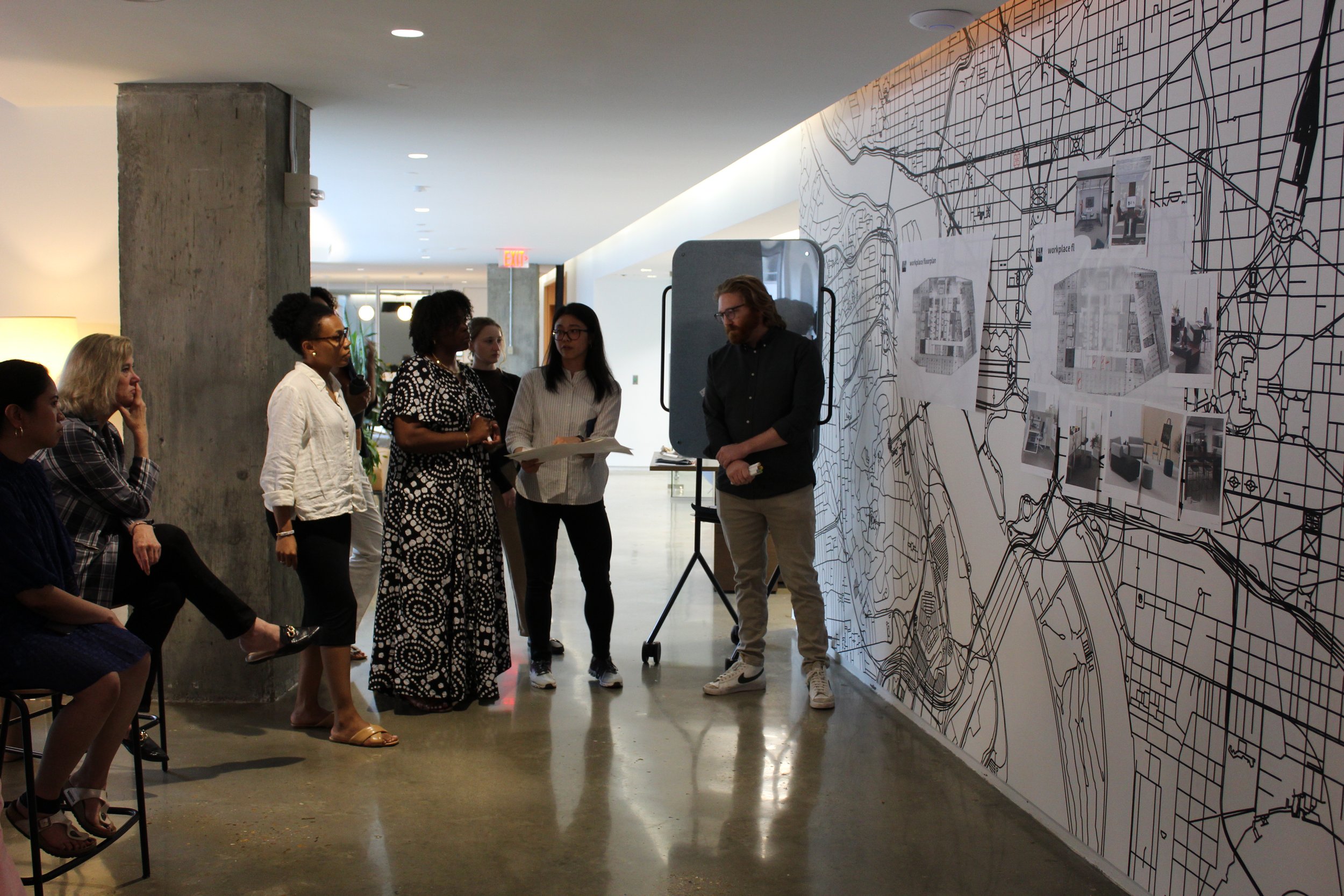S5: Equity, Diversity, & Inclusion
June 20, 2025
Location: Henricksen Experience Center
Led by: Gozde Yildirim, Associate AIA & My-Anh Nguyen, AIA
By approaching diversity, equity and inclusion (DEI) with a multiplicity of scale, the goal of this session was to foster profound and enduring commitments to DEI values within the workplace and the architectural profession. During this session, participants were encouraged to increase their awareness of DEI, ultimately enabling them to recognize the systematic barriers that exist in professional settings. Past and present aspects of practice management were compared with the goal of encouraging uplifting, inclusive workplaces. Finally, participants were challenged to identify and implement universal design principles and best practices for creating environments that are accessible to all individuals, regardless of physical or cognitive abilities.
Act 1: Finding Common Terms
Nicole Kumar
Stepping into the perspectives of others requires a common working vocabulary and working agreement on how we engage in learning and growing within the group. After discussing the required elements for a safe environment, scholars were challenged to identify the dimensions of their identity in an Intersectionality Walk Around and think about how others perceive them and how they perceive themselves in different contexts. The activity highlighted how identity is multifaceted, each dimension transforming the others.
Treyvon Jordan
Treyvon's presentation, Understanding American Labor: Conflict to Collective Power, gave an historical overview of the rise and decline of labor unions and collective bargaining in the US. With this background, scholars discussed the challenges designers and architects have faced in unionizing and seeking fair working conditions and pay. Collective bargaining or seeking codified policies in an employee handbook allows employees to seek anti-discriminatory practices to protect workers' rights.
Act 2: DEI in the Workplace
Kay presented an overview of the research on neurotypes and design practices for a neurodivergent population in her book "Designing Neuro inclusive Workplaces." HOK's Design Considerations Index can be used to audit their workplace designs throughout the design process to ensure the 6 Modalities of work are accommodated. Scholars then workshopped how to apply ideas of spatial sequencing/zoning to integrate spaces for hyposensitive, hypersensitive, and Neuro typical people.










